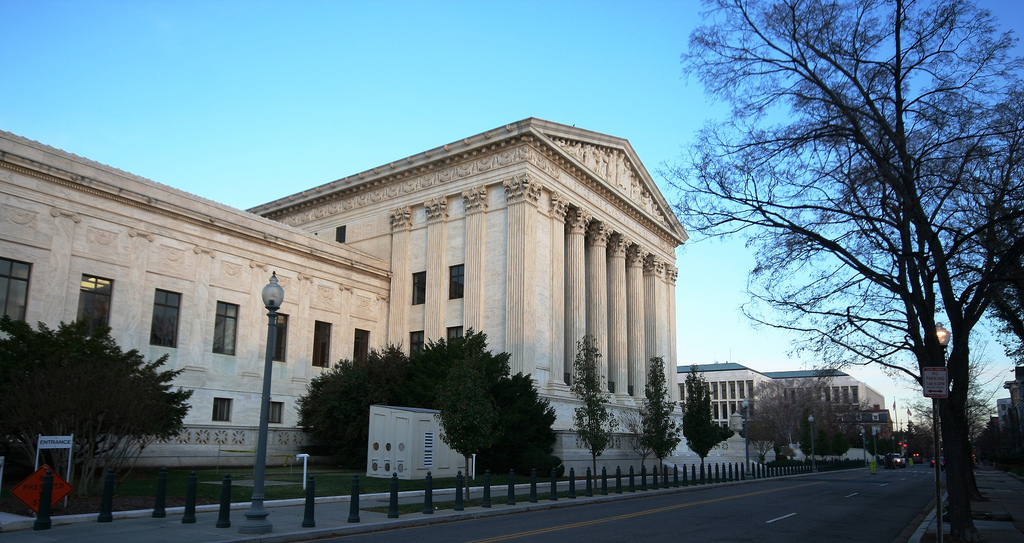By John Mack Freeman
The Supreme Court has decided to look at petitions from Indiana, Wisconsin, Oklahoma, Utah, and Virginia to assess whether or not the Court will take up these cases in their next session. The Court will begin meeting in private sessions on September 29th to decide what cases will appear on their upcoming docket which begins on October 6th. If the Court rules in favor of marriage equality in any of these cases (or lets lower court rulings stand), then over 65 million Americans will find themselves living in states that have access to full marriage equality.
Even if these cases are taken up, a ruling is not expected until late June or early July 2015.
Via The Advocate:
In each of the cases before the Supreme Court, federal appellate courts have already decided in favor of marriage equality. As The Advocate‘s Matt Baume explained this week, that means if the Supreme Court upholds those rulings, the decisions would also apply to the neighboring states in that circuit.
For example, in the Fourth Circuit, the Virginia victory would apply to Maryland, North Carolina, South Carolina, and West Virginia. Maryland has had marriage equality since 2013. If the Supreme Court upholds the decision of the Tenth Circuit, striking down Utah and Oklahoma’s marriage bans, those victories would apply to Colorado, Kansas, New Mexico, and Wyoming. New Mexico embraced marriage equality late last year. The remaining states in the 10th Circuit have about 8.7 million residents.
If the court rules in favor of marriage equality in all of these cases — or allows the current rulings from lower courts to stand — an additional 65 million Americans would live in states with full marriage equality. Currently, roughly 137 million people, or 44 percent of U.S. inhabitants, live in a state with marriage equality.
